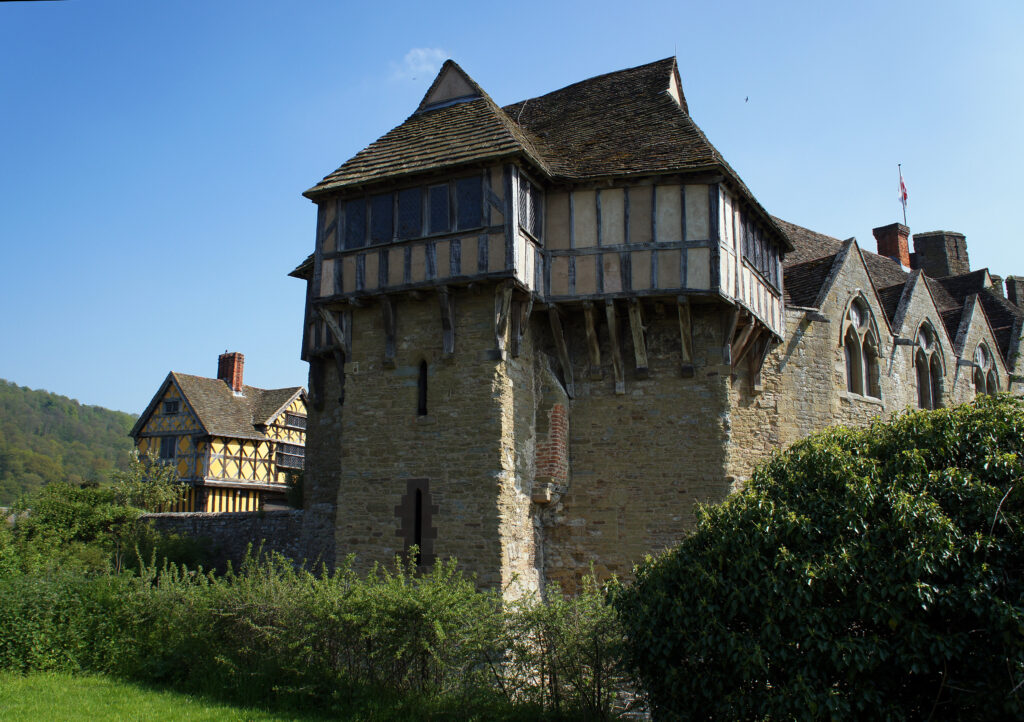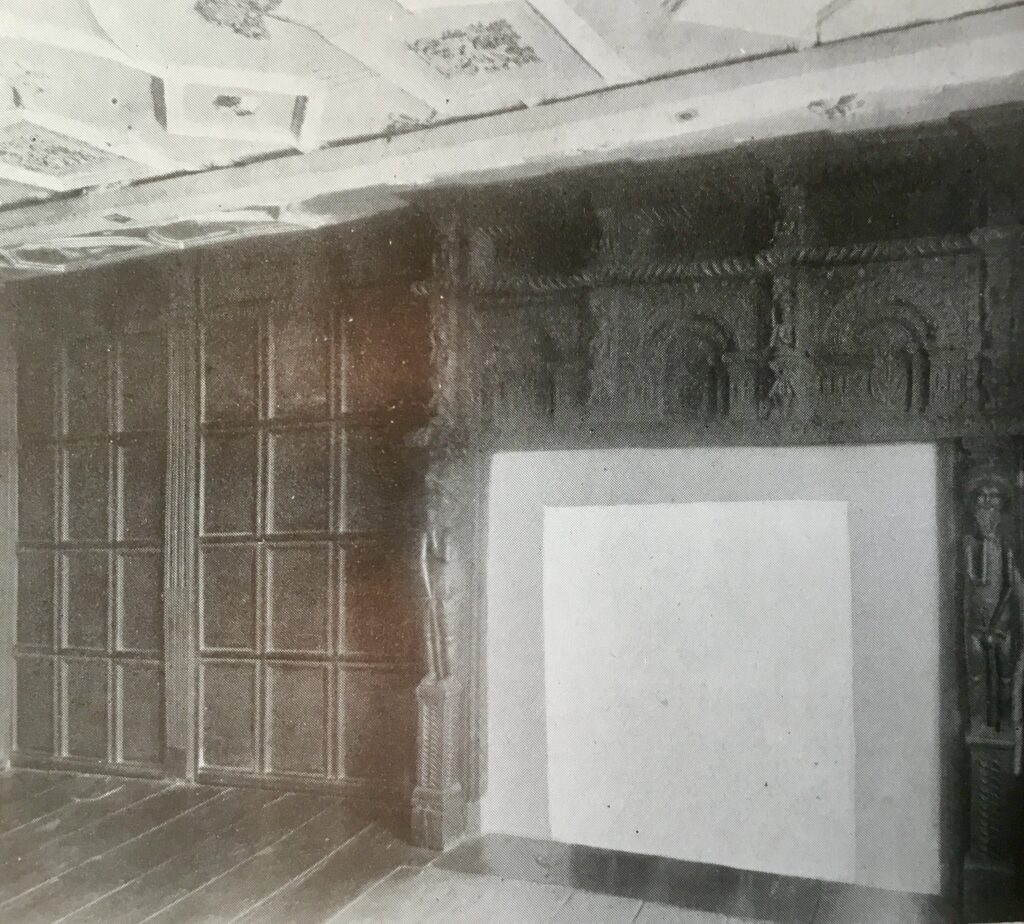We are thrilled that The Country Houses of Shropshire is published today. With 119 colour and 574 black and white illustrations, it’s a gazetteer of the many fine Shropshire country houses, covering the architecture, family history, and the social and economic circumstances that affected them. Here, author Gareth Williams discusses the history of the county of Shropshire and its country houses.
Ask any overseas visitor as to where they might see some of England’s most important country houses and the answer is unlikely to be Shropshire. Oxfordshire, Derbyshire or Yorkshire are likely to score highly and yet not England’s largest landlocked county. As my book shows, this is surprising on several counts: not least since the county is the location of the great neo-classical country house Attingham Park, which lends its name to the Attingham Trust for the study of historic houses and collections and which, in itself, has become a global brand.

Shropshire, in spite of its lack of coastal borders, has relied to a notable degree on global connections for the socio-economic genesis of the architecture of its houses. From Laurence de Ludlow, creator of that thirteenth century fortified manor house, Stokesay Castle – who drowned whilst engaged in a continental trade mission – to international hedge-funders who today hold other properties, the county has always played its part in overseas endeavours. Surprisingly, Shropshire even contributed some of the very youngest passengers to the Mayflower’s 1620 voyage – the More children, who had been brought up at the now-lost mansion of Larden Hall.

Although wool production and its associated industries and also the importance of iron – in a county which gave the world its first Iron Bridge and its first iron-framed factory at Ditherington Flaxmill – are often cited as the county’s core wealth sources, the importance of overseas income and associations is striking for a non-coastal county. Some of the names associated with this global positioning are well-known, such as Charles Darwin, whose name is encountered at several of the houses that the book includes, and for whom Shropshire was his home before and after his formative voyage on the Beagle.
In the eighteenth century, Shropshire had been the birthplace of Robert Clive, whose vast Indian fortune paid for the rebuilding of his own ancestral home at Styche and also enabled him to purchase the Shrawardine, Walcot and Oakly estates as part of a wider British landholding. A number of other lesser nabobs, with careers in the East India Company, also brought wealth to the county and, in its wake, some highly original architectural patronage, such as Colonel Ralph Leeke’s employment of Joseph Bonomi in the design of Longford Hall.

What is surprising is the fact that no less than five of the houses in the county were acquired by slave traders, whose descendants have all since parted with their estates. Most were Liverpool-based. One, George Austin – who acquired Aston Hall, Shifnal – was a South Carolina plantation owner. He, together with his brother-in-law, Henry Laurens, and nephew, George Appleby, formed the company Austin, Laurens and Appleby which was amongst the biggest traders of the enslaved.

Global economic forces were not always beneficial to the country house in Shropshire, as indeed elsewhere. When cheap grain began to arrive, in the wake of the repeal of the Corn Laws, the agriculturally-dependant properties were financially eroded – sometimes to the point of sale. In a number of cases, when funds were required, works of art were sold. The name of the dealer Joseph Duveen is certainly known to be behind the purchase and trans-Atlantic sale of works from the Moseley family of Buildwas Park and from the Cholmondeleys at Condover Hall. In a number of instances, the very fabric of houses yielded to overseas purchase, with panelling from Plaish Hall and the Moat Hall being acquired by Randolph Hearst, whilst entire rooms from the White Hall made their way across the pond to Chicago.

In time, it is likely that many more global links with Shropshire and, indeed other country houses in other counties, will be uncovered as overseas archives, and sources other than those to which I have had access, come to light. I hope that a panoptical view of the houses, looking beyond merely architectural and genealogical history, will encourage a broader consideration of these aspects of their history and that the footnotes that accompany each entry will enable this.
Shropshire might be a quiet – and largely unknown – rural county but the historical links of its country houses run deep and broad to create a global web of history.

This guest post was written by Gareth Williams who has been a regional director of Sothebys and a curator for the National Trust at Nostell Park. He is now curator at Weston Park, one of the major country houses in Staffordshire, and head of learning at the education centre there.

by Gareth Williams
9781783275397, Hardcover, 119 colour. 574 b/w. Illus.; £61.75 or $97.50



 Q&A with Seth Peabody: Exploring German Film History
Q&A with Seth Peabody: Exploring German Film History